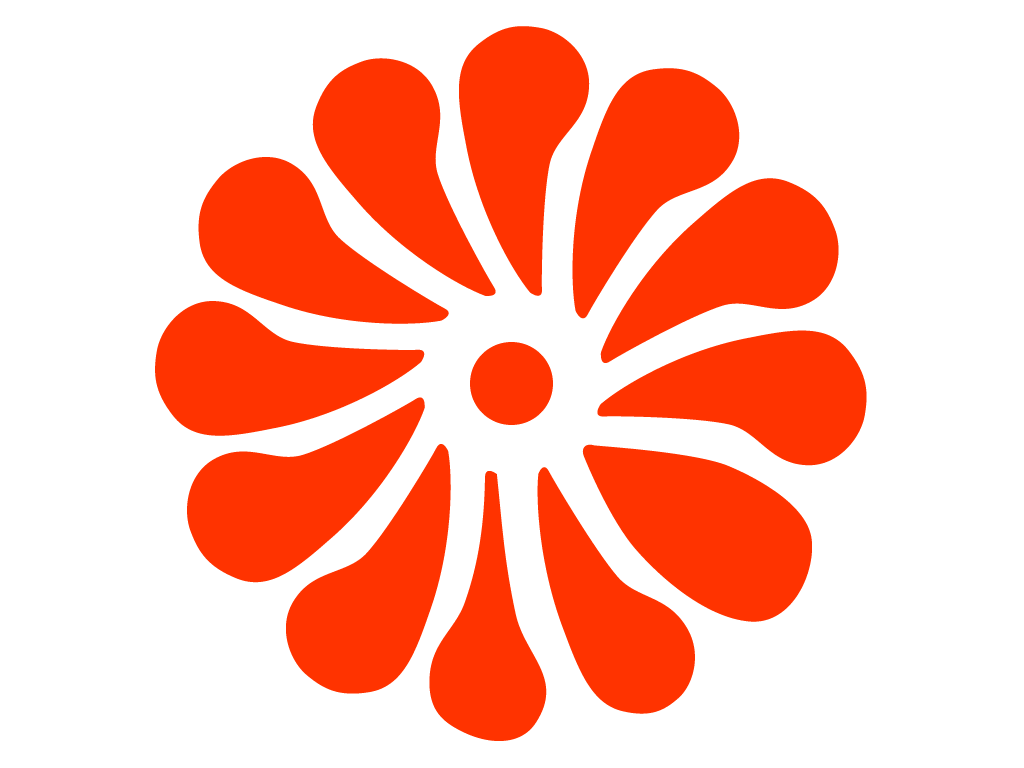Styphnolobium japonicum: The Majestic Japanese Pagoda Tree
Introduction and Varied Names: Styphnolobium japonicum, formerly known as Sophora japonica, belongs to the Fabaceae family of plants. Despite its Latin name, it is native to China. Commonly referred to as the Japanese Pagoda Tree, it is a grand deciduous tree that can reach heights of about 12 meters (38 feet).
Cultivation Tips for Styphnolobium japonicum:
Sunlight and Soil Requirements: Styphnolobium japonicum thrives in full sun, making it an ideal choice for open landscapes and sunny gardens. It adapts well to moderately fertile soil conditions, ensuring proper drainage for healthy growth.
Flowering and Fragrance: Mature Styphnolobium japonicum trees grace late summer and autumn with their magnificent off-white and fragrant flowers. Resembling pea flowers, they form beautiful pinnacles that add a touch of elegance to the tree’s overall appearance.
Maintenance and Resistance: This tree is known for its low maintenance requirements and is generally resistant to diseases and pests. Styphnolobium japonicum has the added benefit of tolerating pollution, making it suitable for urban environments. Additionally, it exhibits excellent drought tolerance, making it a resilient choice for regions with limited water availability.
Propagation Methods: Styphnolobium japonicum can be propagated through seed or grafting during the early spring. These methods ensure successful reproduction and provide an opportunity to expand your collection of these majestic trees.

Japanese Pagoda Tree in Chinese History:
Traditional Medicinal Uses: In Chinese traditional medicine, Styphnolobium japonicum, known as huái (槐), huái shù (槐树), or huái huā (槐花), holds significant importance. It is considered one of the 50 fundamental herbs and is believed to regulate and cool the blood. This versatile plant is used in the treatment of various conditions, including hypertension, red eyes, conjunctivitis, dizziness, hematemesis, and bloody dysentery.
Cultural Significance: In China, the flowers and leaves of Styphnolobium japonicum are used to make herbal tea, showcasing its cultural significance beyond medicinal applications. This tree holds historical significance as well. Emperor Chongzhen, the last emperor of the Ming dynasty, tragically hanged himself under a Styphnolobium japonicum tree in Meishan, which is currently known as Jingshan Park.
Wood and Carvings: The wood of Styphnolobium japonicum, renowned for its strength, is highly valued in Japan. It has been used extensively for traditional wood carvings, particularly in the creation of exquisite pieces like the Blackstone Fish Owl carvings. The Ainu people of Hokkaido revered the fish owl as a protective deity known as Kotan Koru Kamui, highlighting the cultural significance and reverence associated with this majestic tree.
Experience the grandeur of Styphnolobium japonicum, the Japanese Pagoda Tree, as it graces your landscapes with its imposing presence. Whether admired for its striking flowers, its resilience in challenging environments, or its rich historical and cultural significance, this tree stands as a testament to nature’s beauty and its role in our lives.






